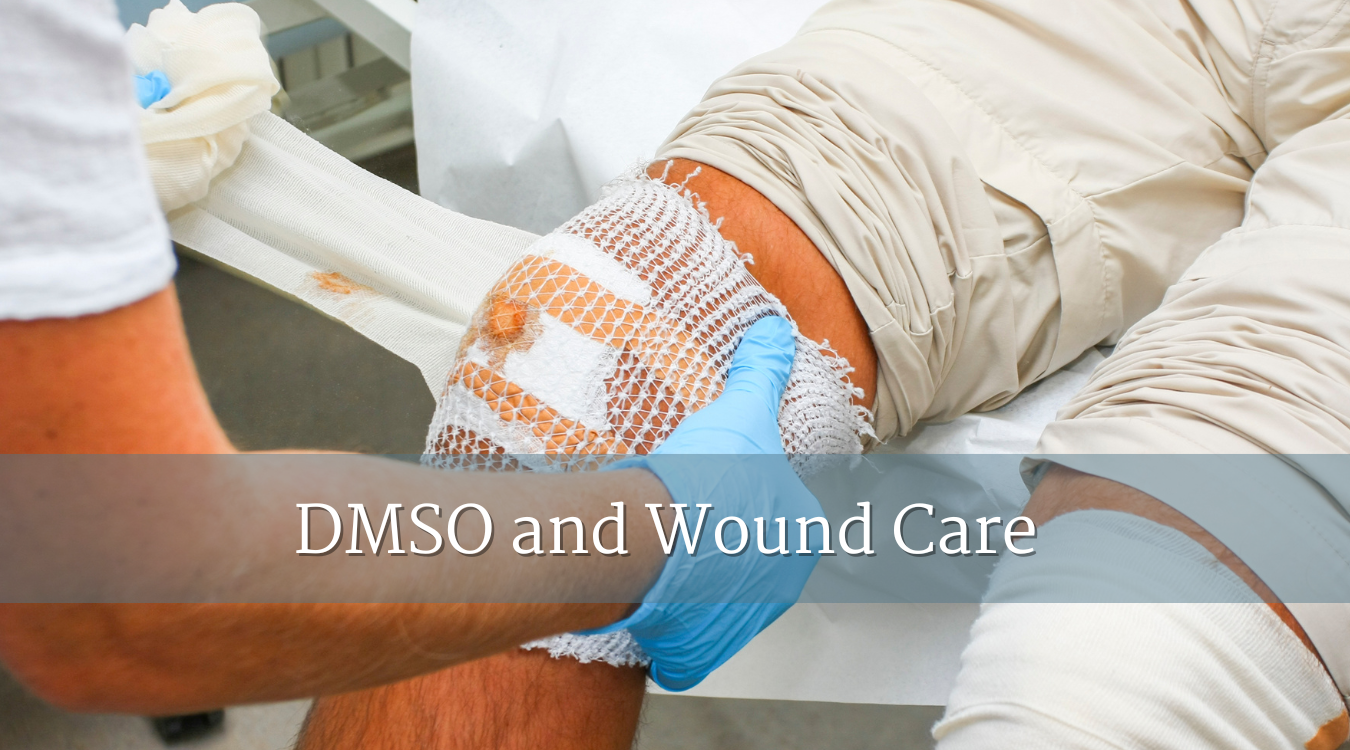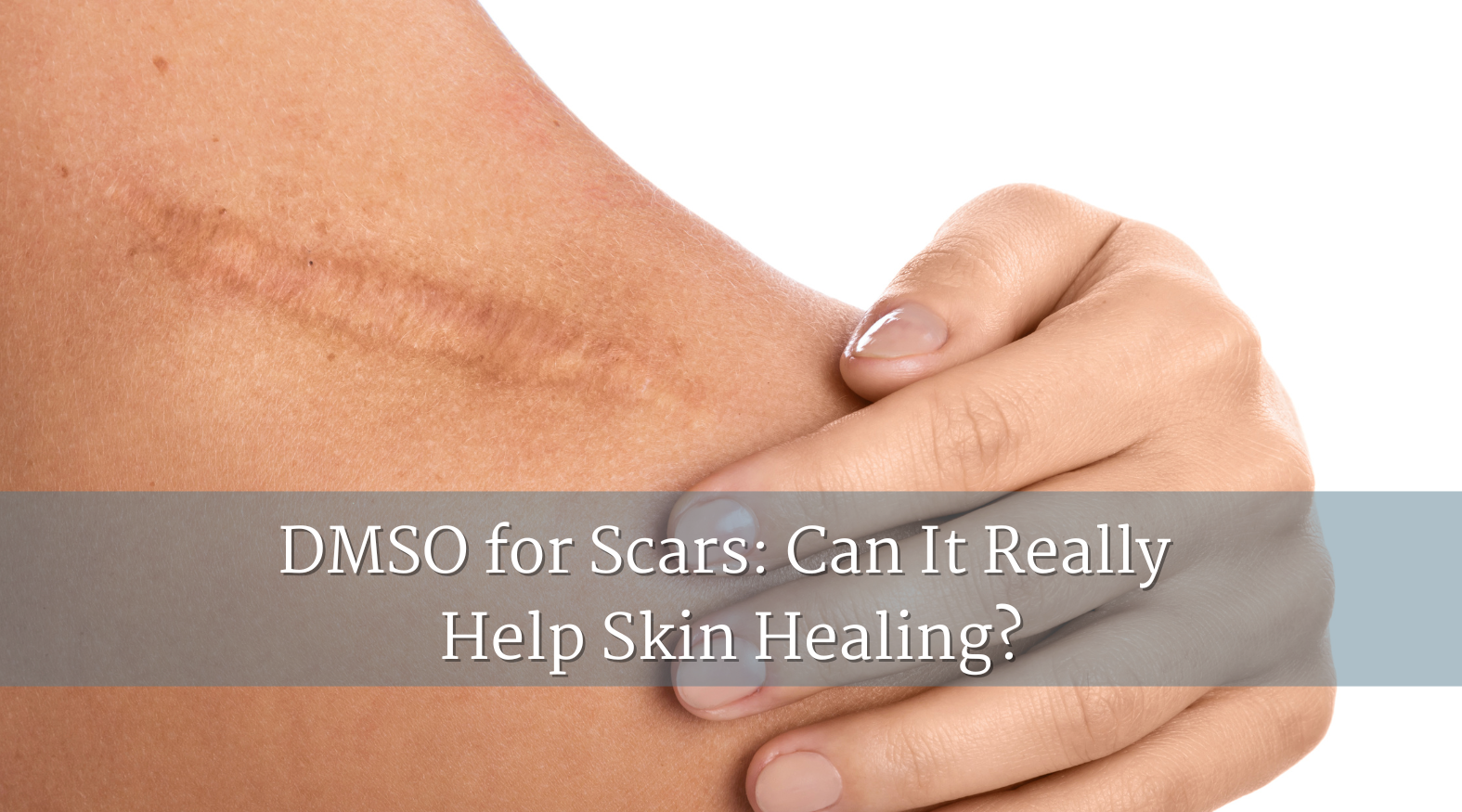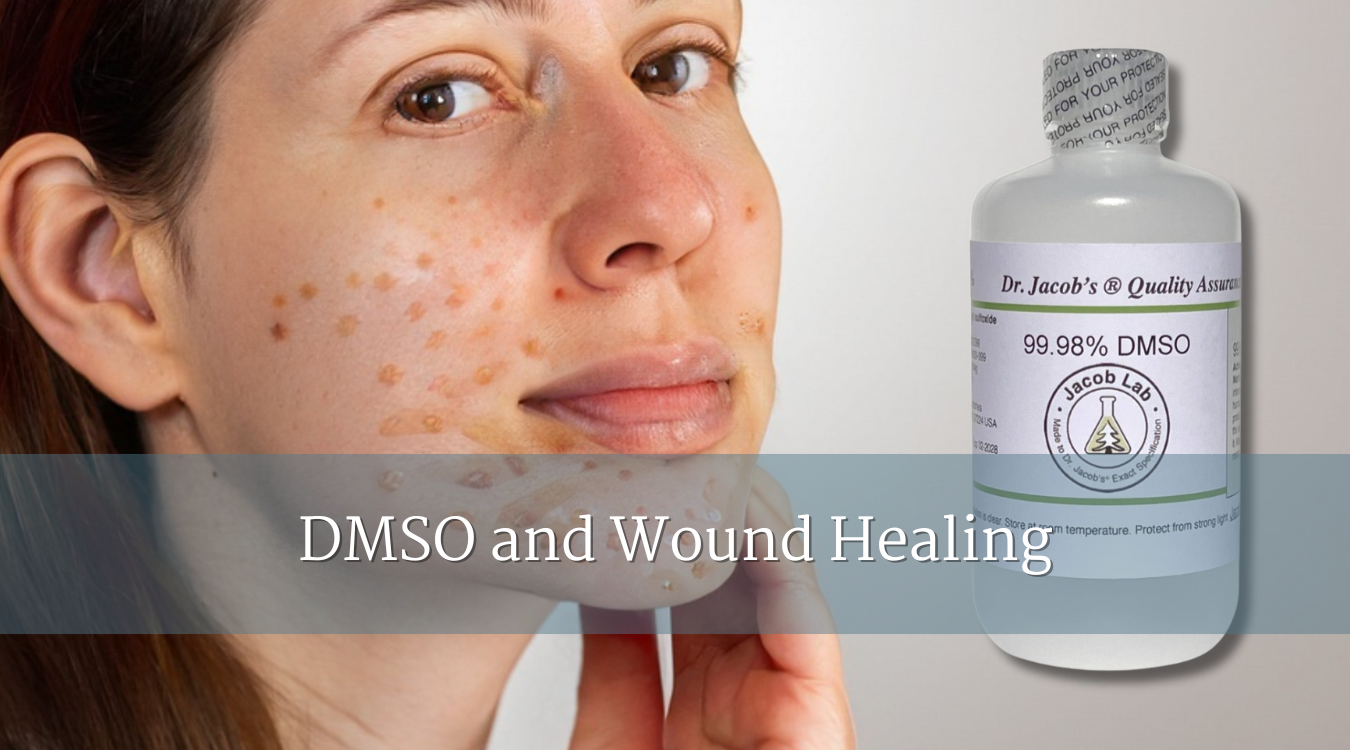
Understanding DMSO in Wound Care
Dimethyl sulfoxide (DMSO) is a naturally derived compound known for its exceptional ability to penetrate the skin and deliver substances deep into tissues. Originally discovered as a byproduct of the paper industry, it quickly gained attention in the medical community for its anti-inflammatory, analgesic, and antioxidant properties. When it comes to wound healing, DMSO stands out because it doesn’t just mask symptoms—it interacts at the cellular level to support the body’s natural repair processes.
How DMSO Supports the Wound Healing Process
Wound healing is a complex process involving inflammation, tissue regeneration, and remodeling. DMSO can positively influence each stage.
Reducing Inflammation
Inflammation is a natural part of healing, but excessive or prolonged inflammation can delay recovery. DMSO acts as a potent anti-inflammatory agent, helping to regulate the immune response and prevent damage to surrounding healthy tissue.
Improving Circulation and Oxygen Delivery
DMSO can dilate blood vessels, improving circulation to the injured area. This means more oxygen and nutrients are delivered to the cells, speeding up tissue repair and reducing the risk of complications like infections.
Antioxidant Protection
Oxidative stress can damage cell membranes and slow healing. DMSO is a free radical scavenger, helping to protect cells from oxidative damage during the healing process.
Supporting Collagen Production
Collagen is the main structural protein in skin and connective tissue. DMSO has been shown in some studies to promote fibroblast activity, which supports collagen synthesis and stronger tissue regeneration.
Types of Wounds Where DMSO May Be Considered
While DMSO is not a substitute for professional medical treatment, it has been used in various settings to complement standard wound care.
Minor Cuts and Abrasions
For superficial wounds, DMSO may help reduce inflammation and discomfort while supporting faster closure.
Burns
In certain cases, DMSO has been investigated for its role in reducing blister formation and accelerating skin recovery after minor burns. However, it should only be used under medical guidance in these cases.
Surgical Incisions
Some healthcare practitioners have explored DMSO in post-surgical wound management to reduce swelling, discomfort, and scarring.
Chronic Wounds
For non-healing wounds such as diabetic ulcers or pressure sores, DMSO’s circulation-enhancing and anti-inflammatory effects may offer support alongside conventional therapy.
How to Apply DMSO Safely for Wound Care
Because DMSO penetrates the skin barrier easily, application must be done with caution.
Choose Pharmaceutical-Grade DMSO
Always select high-purity, pharmaceutical-grade DMSO to avoid contaminants that could enter the bloodstream.
Clean the Area Thoroughly
Any dirt, oils, or chemicals on the skin will be carried into the tissue by DMSO. Wash the area with mild soap and water, and dry completely.
Apply in the Correct Form
For wound care, DMSO is typically used as a diluted liquid or gel. Concentrations vary depending on the purpose—common topical solutions range from 25% to 70%—but these should be determined by a healthcare professional.
Avoid Contamination
Use clean applicators such as sterile gauze or gloves to prevent introducing bacteria into the wound.
Frequency of Use
Frequency depends on wound type and severity. In many cases, applications are done once or twice daily. Overuse can lead to skin irritation.
Precautions and Considerations
-
Not for Open, Deep, or Severely Infected Wounds unless directed by a medical professional.
-
Skin Reactions: Some people experience itching, redness, or dryness. Discontinue if severe irritation occurs.
-
Odor: DMSO can cause a temporary garlic-like smell on the breath or skin.
-
Medical Supervision: Always consult a healthcare provider before starting DMSO for wound healing, especially if you have underlying conditions or take medications.
The Evidence Behind DMSO in Wound Healing
Research into DMSO and wound healing dates back decades. While animal studies and smaller clinical trials have shown promise—particularly in improving microcirculation and reducing swelling—more large-scale human trials are needed to fully confirm its effectiveness. Its strong safety profile in topical applications, when used correctly, makes it a candidate for further study in this field.
When DMSO Might Not Be Appropriate
Even with its potential benefits, DMSO is not a universal solution. Avoid use:
-
If you are allergic to sulfur-containing compounds.
-
On heavily contaminated or infected wounds without medical clearance.
-
In combination with certain medications that may interact when delivered transdermally.
Conclusion: A Supportive Tool in Wound Healing
DMSO’s unique ability to penetrate tissues, reduce inflammation, and protect cells makes it a fascinating option in wound care. While it’s not a substitute for proper medical treatment, it may be a valuable complementary tool for certain types of wounds when used safely and under professional guidance.
Frequently Asked Questions (FAQ)
Q1: Can DMSO be applied to open wounds?
Only under medical supervision. While it may help healing, open wounds can easily absorb contaminants along with the DMSO.
Q2: Does DMSO help with scar reduction?
Some evidence suggests DMSO may reduce scar tissue formation by supporting balanced collagen production, but more research is needed.
Q3: How soon can you use DMSO after an injury?
For minor injuries, some practitioners apply it within hours to reduce inflammation, but always follow medical advice.
Q4: Can DMSO replace antibiotics in wound care?
No. DMSO is not an antibiotic and should not replace infection control measures.
Q5: Is DMSO safe for burns?
For minor burns, DMSO may offer relief and faster healing, but use on burns should be guided by a healthcare provider.
Q6: Can I use DMSO daily on a wound?
Frequency depends on the wound type and size. Daily use is common for minor injuries but should be discussed with a professional.
Q7: Does DMSO sting when applied to wounds?
Some people feel mild warmth or tingling. Severe discomfort is uncommon but should be monitored.
Q8: How do I know if my DMSO is pharmaceutical grade?
It should be clearly labeled, come from a reputable supplier, and include purity information.
Q9: Can DMSO help chronic ulcers?
Some studies show promise, but chronic ulcers require a comprehensive medical approach.
Q10: Will using DMSO make my wound heal faster?
It may help speed the process in certain cases by improving blood flow and reducing inflammation, but results vary.




 DMSO and Eye Health: What You Need to Know
DMSO and Eye Health: What You Need to Know
 DMSO for Scars: Can It Really Help Skin Healing?
DMSO for Scars: Can It Really Help Skin Healing?













